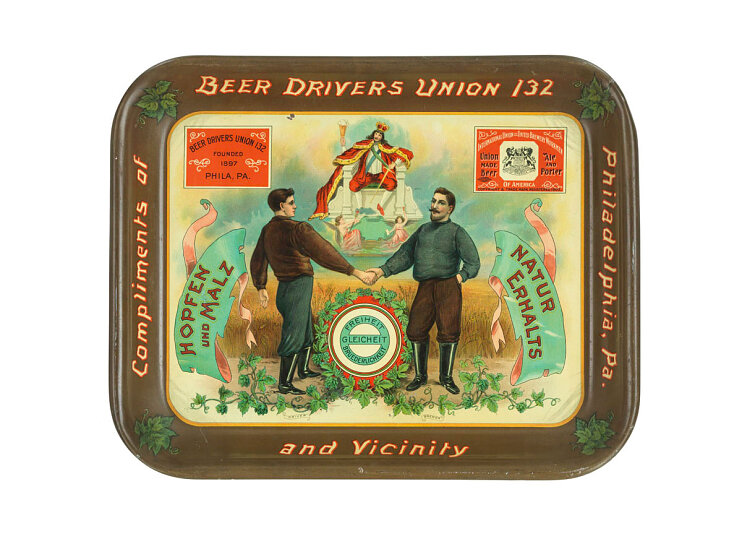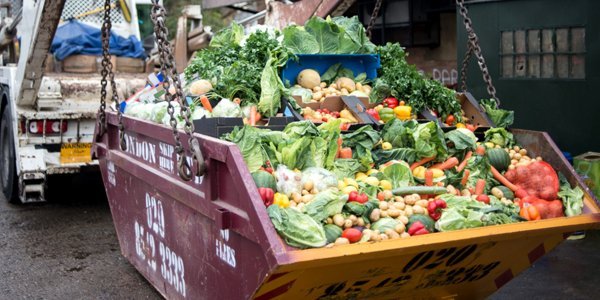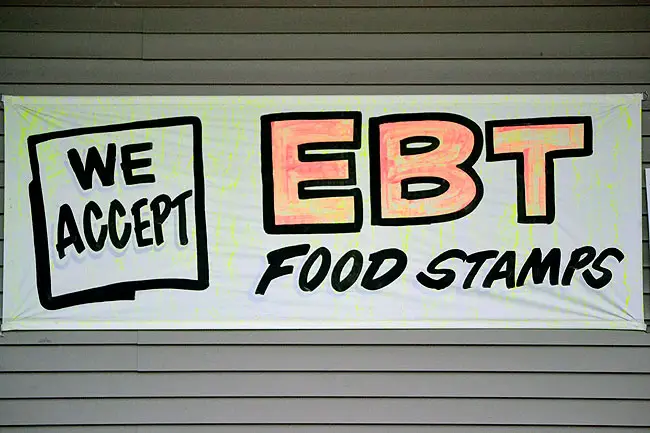Story by Ari Shapiro/NPR
A group of men with full glasses proudly pose with
their keg of beer in San Francisco, 1895.
If you crack open a beer this Fourth of July,
history might not be the first thing on your mind. But for Theresa McCulla, the
first brewing historian at the Smithsonian's National Museum of American
History, the story of beer is the story of America.
"If you want to talk about the history of
immigration in America, or urbanization or the expansion of transportation
networks, really any subject that you want to explore, you can talk about it
through beer," McCulla says.
Since taking the job earlier this year, she has
combed through the Smithsonian's archives and pulled out treasures that show
beer's part in American history — whether that has to do with advertising,
technology, gender roles or even popular entertainment.
Pointing to some sheet music in the collection for a
song called "Budweiser Is a Friend of Mine," she explains that the
tune premiered on Broadway at the Ziegfeld Follies in 1907.
National Museum of American History, Archives Center
"The lyrics of the song tell the story of a man
who goes out drinking in a bar and sings about how he prefers his Budweiser to
his wife, because his beer does not talk back to him," McCulla says.
"But the song concludes with his wife pouring him a schooner of Budweiser
at home so he does not need to drink elsewhere."
You can't truly tell the American story of beer,
though, without talking about immigration. More than 1 million German
immigrants came to the U.S. in the second half of the 1800s — and they were
beer drinkers.
"They brought new kinds of brewing yeast, they
brought different kinds of brewing methods, and suddenly they produced this
lager beer — a very light, crisp brew that became very popular with Americans,"
McCulla says.
Those immigrants transformed the kind of beer
Americans drink and established a new industry in the process. The drink
evolved from heavy, English-style ales to the cold, quaffable style that's
common today. And instead of homebrews, by 1900 many cities had entire
neighborhoods full of breweries.
McCulla says one of the most interesting aspects of
the story of American beer is that it has come full circle: from the early days
of homebrews to mass-produced beer, through the crash of Prohibition and back
to a resurgence of microbreweries.
"We now have so many breweries in this country,
we have exceeded the pre-Prohibition number of breweries," McCulla says.
"We have reached over 5,000 breweries at this point, so it's truly the
golden age to be a beer drinker."
Not far from the Smithsonian, this entire cycle is
happening in one place. Outside the Portner Brewhouse in Alexandria, Va., a
sign says: "Established 1869, Re-Established 2012." The company was
founded by Robert Portner, a German immigrant. At its peak, the company was the
biggest employer in the city. More than 600 people worked for Portner, churning
out more than 6 million bottles of beer every year.
Portner's company was forced to close during
Prohibition in 1916. But a century later, sisters Catherine and Margaret
Portner, two of his great-great-granddaughters, reopened the brewery just a few
miles from its original site.
Some of the company's early marketing materials are
in the Smithsonian's collection. The original advertisements note Robert
Portner's company as the original king of beers, says Catherine Portner — long
before Budweiser began using that phrase.
Sisters Catherine (left) and Margaret Portner have
re-established Portner's Brewery, which was opened in Alexandria, Va., in 1869
by their great-great-grandfather, then closed during Prohibition.
Historical artifacts line the walls of the Portner
Brewhouse, and the kitchen serves up food with a German twist. And at the
in-house brewery, the sisters have re-created some of the original Portner's
brews, based on the notes that Robert Portner wrote in German. But they have
also made some innovations themselves.
And, harking back to the early days of homebrewing,
the company also has a "Craft Beer Test Kitchen Series," which gives
homebrewers professional experience and feedback on their original recipes,
which are brewed at Portner's and then sold to thirsty customers.
Catherine Portner pours a cloudy yellow beer from
the tap. "This is the Hofbrau Pilsner that we have reconstructed from the
Robert Portner brewing company," she says. The Pilsner was one of the
company's flagship beers.
It doesn't look or taste like a glass full of
American history, or technology or immigration — even though on some level, it
is all of those things. It just tastes like a really good beer.











